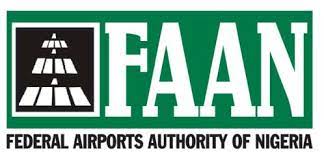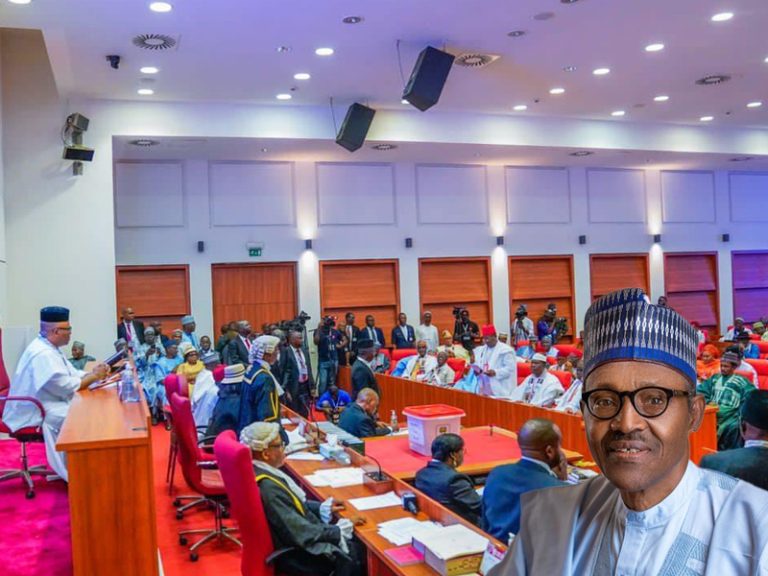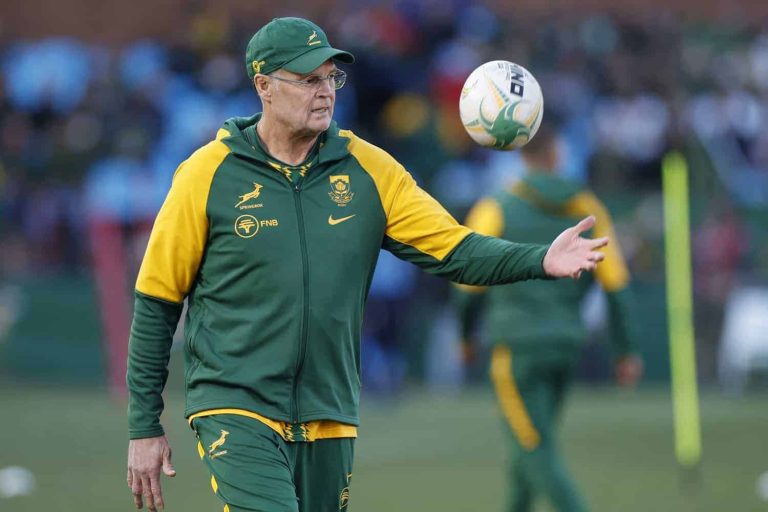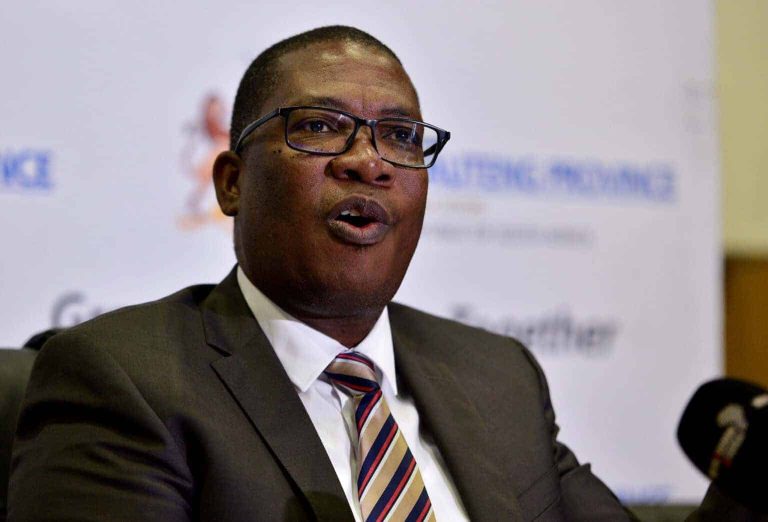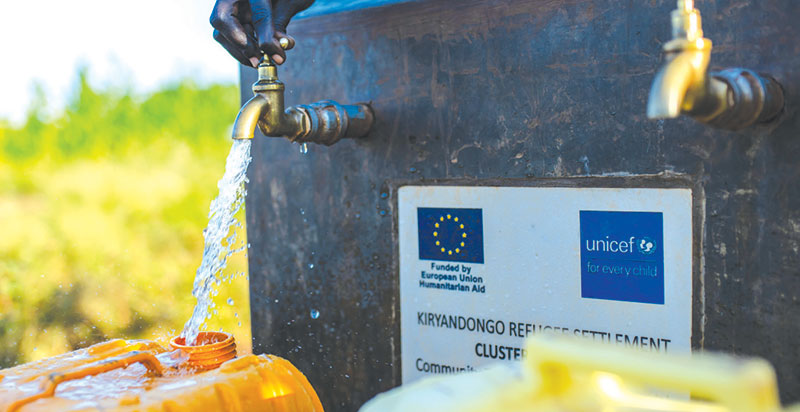
The playful laughter comes first. Then the splash of water. Under the hot October sun in Cluster A of Kiryandongo Refugee Settlement, children crowd around two silver taps standing between a maize garden and UNHCR tents.
Their laughter echoes across the camp as they cup their hands to drink, splash their faces, and wash the dust from their legs. For years, this sound was missing, replaced by the silence of long walks in search of water.
Until this October, getting clean water in Kiryandongo meant waiting for rain, for water trucks, or for hours in line at the nearest water point. Now, that wait is over. Two new hybrid piped water supply systems, powered by solar and diesel, funded by European Union Humanitarian Aid and implemented by UNICEF in partnership with the Lutheran World Federation (LWF), deliver safe water to refugees and nearby host communities.
“It’s a system that doesn’t have to wait for sunshine or for fuel,” says Eng. Isaac Bwire, one of the engineers who supervised construction.
“We designed it to keep running, all day, every day on either fuel or sunshine.”
A DAY NO LONGER LOST TO WATER
Huda Mohammad, 50, remembers walking nearly a kilometre each morning and then waiting another two or three hours in line to fill a single jerrycan.
“There were always too many people,” she recalls, resting beside a yellow container now filled within minutes.
“We all needed water for washing, cooking, and drinking. It was exhausting.”
Today, the nearest tap stands only a few steps from her home. What once consumed half her day now takes barely 10 minutes.
“I am so grateful to UNICEF and the donors who supported this project,” she says.
In Cluster I, Martina Adiyo, a mother of three, smiles as she fills a 20-litre jerrycan from one of two taps installed right inside her compound.
“Before, I used to walk a kilometre each way,” she says. “Now it takes one minute.” And for Habib Ahmad, 30, who fled conflict in Sudan and arrived in January 2025, the change is nothing short of liberation.
“I used to spend almost the whole day walking three kilometres to the water point,” he says.
“Now, I just walk a few metres. It takes me 10 or 15 minutes, and I’m done. UNICEF has solved our water problem. People were really suffering.” Kiryandongo sits on fertile land in mid-western Uganda, about 220 kilometres north of Kampala.
For decades, it has been a refuge for people fleeing wars in South Sudan, Sudan, Kenya, and the Democratic Republic of Congo. But with the latest influx from Sudan in 2023 and 2024, the population surged faster than infrastructure could keep up.
By September 30, 2025, the Office of the Prime Minister counted nearly 165,000 refugees.
“At first, people were settled in areas that already had water systems,” says Olivia Ayebare, the LWF’s WASH Officer.
“But when those filled up, families had to move into new zones, old farmland with no services. That’s when water became the biggest challenge.” The first response was water trucking, filling 10,000-litre tanks placed in the settlement.
“It worked for a while,” Olivia says, “but it was costly and unreliable. Sometimes the trucks broke down, the roads flooded, or there were no drivers. We needed a sustainable system.”
The call for help reached UNICEF, which, with support from the European Union Humanitarian Aid, funded two permanent piped water supply systems. Within three months, from July to October 2025, both were up and running.
THE SCIENCE BEHIND THE FLOW
At the edge of Cluster C, a low mechanical hum rises from a small concrete building surrounded by solar panels.
“This is the heart of it,” says Winfred Anena, a water systems engineer, pointing to the rows of 45 solar panels.
“It’s what we call a hybrid system, powered by solar during the day and backed up by a diesel generator at night or on cloudy days.”
Beneath her feet, a deep production well taps into one of the area’s most productive aquifers. A submersible pump lifts the water through two transmission lines, each 125 millimetres wide, along a 2.6-kilometre route to a 108-cubic-metre reservoir perched on a nearby hill.
From there, 4.6 kilometres of new distribution pipes carry the water to public standposts, four in Cluster C and 18 in Cluster G, where residents can collect water free of charge. The difference in people’s lives is visible.
Queues have shortened, and the hours spent fetching water have dropped.
“In 2023, the settlement’s water per capita was 16 litres per person per day,” says Olivia. “But with more arrivals, it fell to nine litres, far below the UNHCR standard. These new systems will bring it up to at least 20 litres per person per day.” Paul Semakula, UNICEF’s WASH Specialist, says Kiryandongo was selected because of the growing number of refugees arriving from Sudan since mid-2024.
“New families are still coming every week,” he says. “Yet, before this project, each person had access to only about nine liters of water a day, less than half the minimum humanitarian standard.”
“Our goal was to provide safe, reliable water close to where people live while reducing the costly water trucking that has been ongoing since 2024,” Semakula explains.
For the women and children, traditionally responsible for fetching water, the change is profound. “When water is near, it saves time and energy,” Semakula says.
“It also reduces the risk of disease and encourages handwashing, which helps prevent diarrheal illnesses and skin infections.” The success of the project rests on collaboration. “This has shown the power of partnerships,” he notes.
“The EU provided funding, LWF and the district engineers oversaw construction, while UNICEF, UNHCR, and OPM ensured quality and monitoring. Even refugee leaders played a key role in local coordination. That’s how we completed the project in just three months.”
